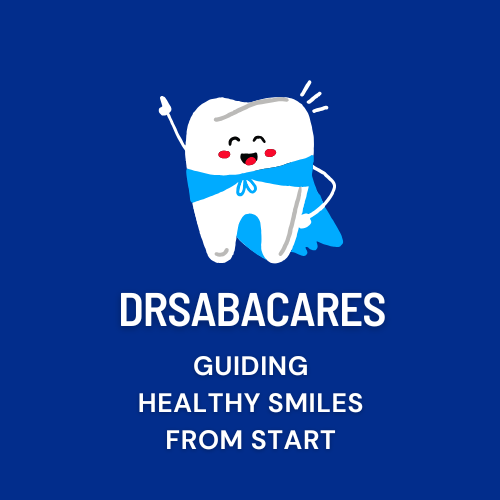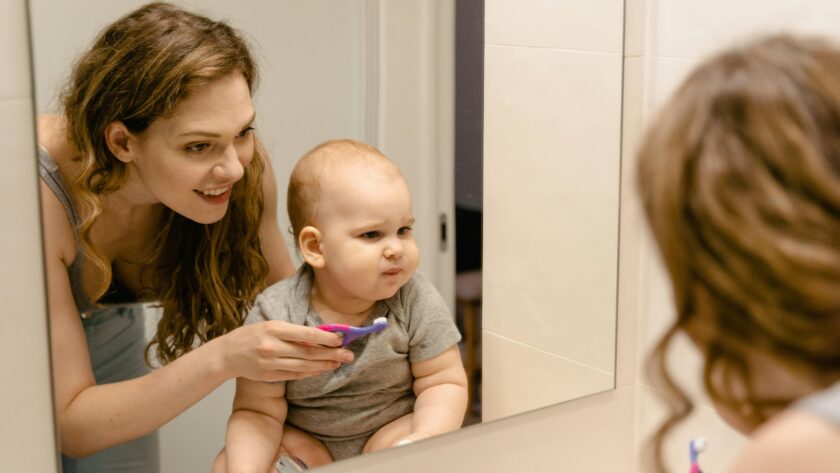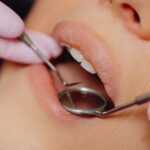Good oral hygiene starts early—much earlier than many parents realize. Even before your baby’s first tooth makes its debut, it’s important to establish a simple routine that sets the stage for a lifetime of healthy smiles.
In this post, we’ll share easy, effective brushing and flossing tips for babies, plus a few expert-backed ways to make the process smoother (and even fun!).
Why Oral Care Matters for Babies
Baby teeth may be temporary, but they play a crucial role in your child’s health and development. They help with chewing, speech development, and hold space for adult teeth. Starting oral care early not only protects those first tiny teeth from cavities but also helps your baby get used to daily dental routines
Brushing Tips for Babies
🪥 Introduce the Toothbrush Around 6 Months[ or when the firt milk tooth completely erupts]
Once that first tooth breaks through (usually between 6–10 months)Baby-Teething all you should know. , switch to a soft-bristled baby toothbrush. Since the babies dont know how to spit I personally dont use paste till 1 to 1 & half year [till their back teeth erupts] .If you are keen on using a paste use only a tiny smear of fluoride toothpaste—about the size of a grain of rice.
- Brush twice daily, especially before bedtime.
- Use gentle circular motions on all surfaces of the tooth and gum line.
- Don’t worry if your baby resists at first—consistency helps them adjust.
🎵 Make It Fun
Turning brushing into a fun, predictable part of your routine can help reduce fussiness:
- Sing a song while brushing.
- Use a baby-safe mirror so they can watch.
- Let them hold a toothbrush, even if you’re doing the brushing
- Learn more fun tips here
Flossing Tips for Babies
🦷 When to Start Flossing
Flossing can begin once your baby has two teeth that touch, typically between 1 to 2 years old. This helps remove plaque and food particles that a toothbrush can’t reach.
🧵 How to Floss a Baby’s Teeth
- Use soft, flexible floss or child-friendly floss picks.
- Gently glide the floss between the teeth, curving it around each one.
- Avoid snapping the floss, which can hurt delicate gums.
Like brushing, flossing may take some getting used to, so stay patient and positive.
Bonus Tips for Baby Oral Health
Schedule your baby’s first dental visit by their first birthday or within six months of the first tooth.
Avoid putting your baby to bed with a bottle of milk or juice—this can lead to baby bottle tooth decay.
If Breast feeding ,try to get up to feed the baby .After every feed try to wipe the teeth or offer water.Try to stop night feeding from 14-18 months .Give healthy & full dinner instead . Let the baby sleep after brushing .
Offer water after feedings and meals to help rinse the mouth.
Lead by example! Babies love to mimic what they see.
💬 Final Thought
Every smile starts with small steps. By making brushing and flossing a loving part of your baby’s daily routine, you’re not just protecting tiny teeth—you’re laying the foundation for lifelong confidence, health, and happy habits. Start early, stay consistent, and remember: those precious giggles and grins are worth every effort





[…] Once the first tooth appears, start brushing with a soft brush and a smear of fluoride toothpaste (about the size of a grain of rice)Brushing and Flossing Tips for Babies: A Parent’s Guide to Early […]